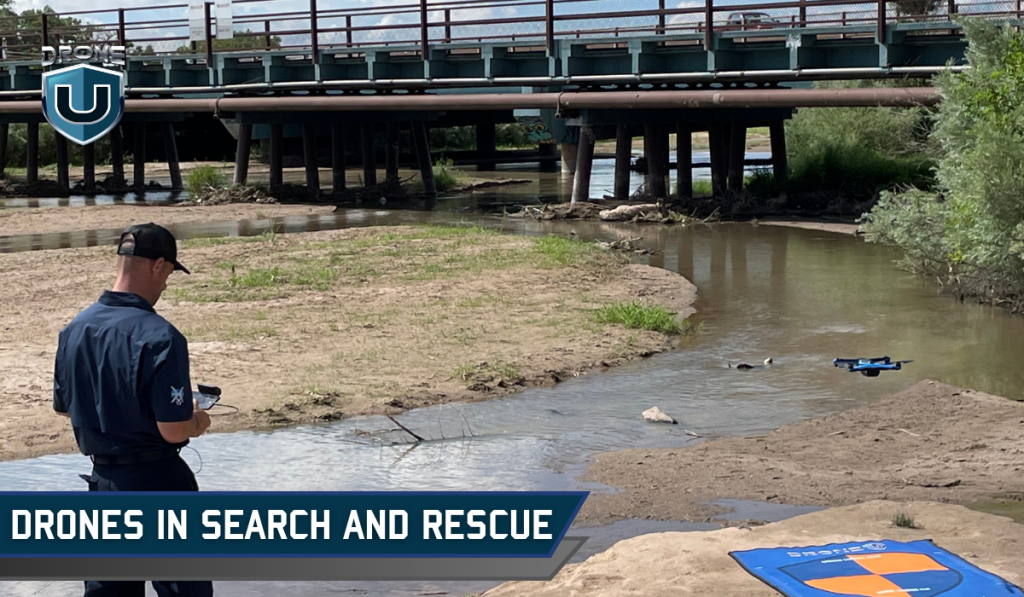
Whether a hiker lost in a treacherous mountain, a sailor adrift at sea, or a community devastated by natural disasters, the race to find and save lives is a monumental challenge for search and rescue (SAR) teams.
When disaster strikes, every second counts.
A 2023 report by the National Association for Search and Rescue (NASAR) reveals a sobering fact: the chances of finding someone alive plummets after just 72 hours.
But what if we could give these brave responders a bird’s-eye view of danger zones, covering vast areas in record time?
That’s where drones come in!
These unmanned aerial vehicles (UAVs) are revolutionizing the way we approach search and rescue operations.
Armed with cutting-edge technology, drones are becoming the eyes in the sky for SAR teams, dramatically increasing the odds of successful rescues and reuniting families.
In this article, we’ll explore how drones transform search and rescue efforts.
We’ll also examine the key advantages drones offer over traditional methods and showcase real-world examples where these high-tech helpers have made the difference between life and death.
From conquering geographic challenges to providing crucial data in record time, you’ll discover how drones are quickly becoming an indispensable tool in saving lives.
First, let’s take a look at the challenges and limitations of traditional SAR methods.
Limitations of Traditional Search and Rescue
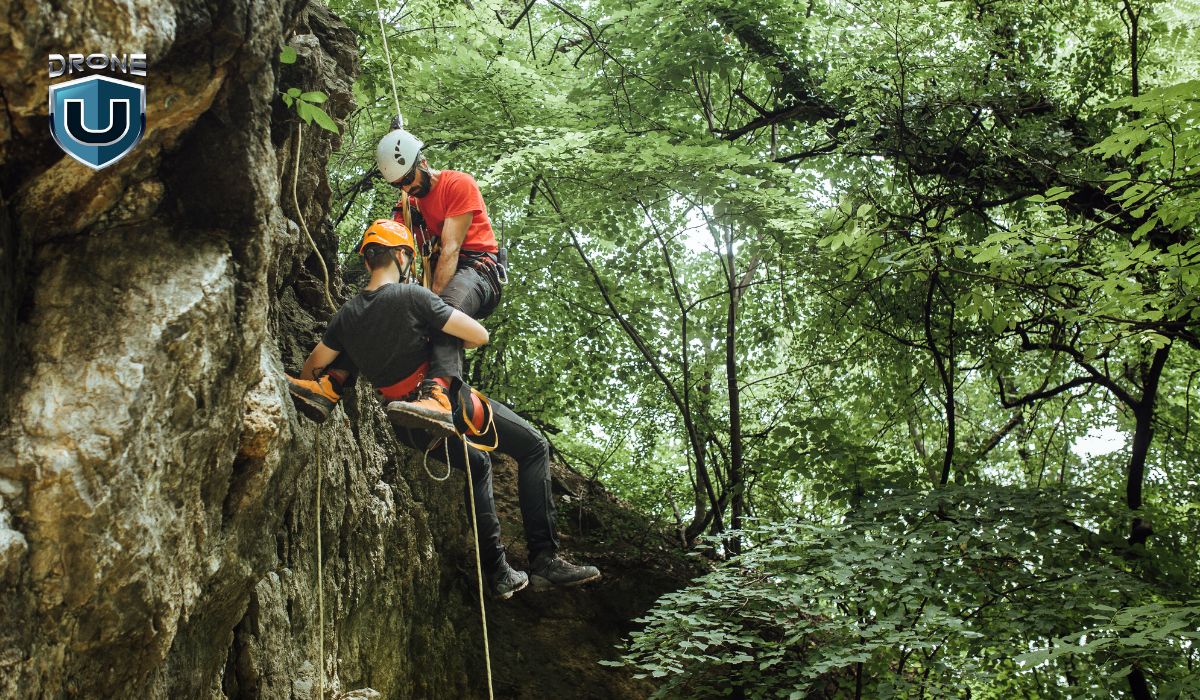
While traditional search and rescue (SAR) methods play a vital role in locating missing persons, they are inherently subject to certain limitations:
Geographic Constraints: Rugged terrain, dense forests, and large bodies of water can significantly impede the ability of ground search teams to effectively cover expansive areas. This limited reach can lead to delays in locating missing individuals.
Time Sensitivity: The success rate of SAR missions is highly dependent on rapid deployment and comprehensive search coverage. Traditional methods can be time-consuming to deploy and execute, especially in large-scale operations.
Safety Concerns: The challenging environments encountered during SAR missions can pose a risk to the safety of search teams themselves. This necessitates additional resources and protocols, further complicating rescue efforts.
While traditional SAR methods have served valiantly, advancements in drone technology provide a promising solution to overcome these limitations.
This option focuses more on the problem-solving aspect of drones and how they directly address the limitations you just outlined.
How are Drones Used for Search and Rescue?
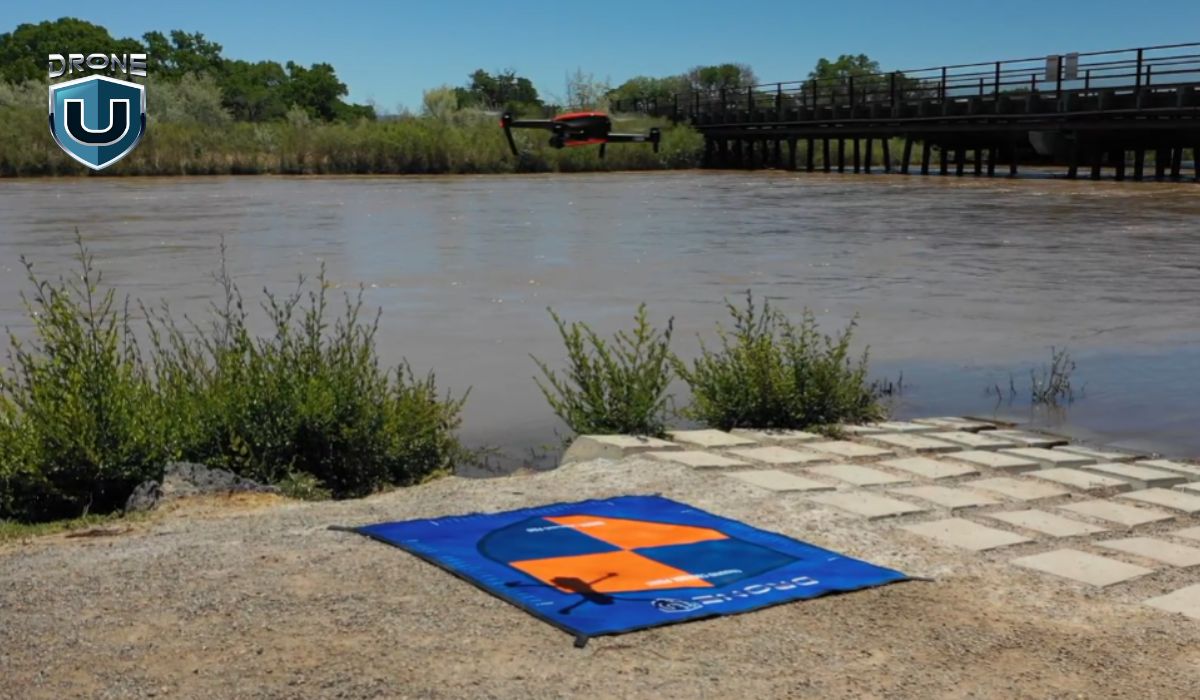
Traditional search and rescue methods have served us well, but drone technology offers a game-changing advantage. Let’s see how drones tackle the limitations we just discussed:
1. Speed
Search and rescue missions (SAR) are all about speed. Drones can be launched quickly and cover huge areas in a fraction of the time it takes people on foot. This is critical because every minute counts in these situations – the faster someone is found, the better their chances of survival.
2. Safety
Drones also keep search teams safe. They can fly over dangerous areas like avalanches or floods, giving rescuers a clear picture of the situation without risking their own lives.
3. Eagle Eyes in the Skye
Drones equipped with high-resolution cameras are like the eagle eyes in the sky. The sharp, high-quality images and video footage of the search area allow search teams to identify potential clues or signs of the missing person, such as footprints, disturbed ground, or brightly colored clothing. A high-resolution camera can zoom in on potential campsites or trails, helping to pinpoint their location.
4. Thermal Imaging
Thermal cameras don’t rely on visible light but instead detect heat signatures. This is a game-changer for search and rescue at night, during foggy or smoky conditions, or even under thick forest canopy. Thermal imaging can reveal the body heat of a lost person, even if they’re hidden from view. This is especially valuable in situations where a person might be injured and unable to call for help.
5. Long Flight Times
Traditional methods may require search teams to return for breaks or refuel vehicles, delaying the search. drones can stay airborne for extended periods, allowing for thorough searches of vast areas. This is particularly beneficial in large-scale search operations or situations where the missing person’s location is unknown. With longer flight times, drones can cover more ground and keep searching for longer, increasing the chances of finding someone who may have wandered far.
We’ve explored how drones offer a technological leap forward in search and rescue. Now, let’s see these advantages in action with some real-world examples of drones saving lives.
Real-World Examples: Drones Saving Lives
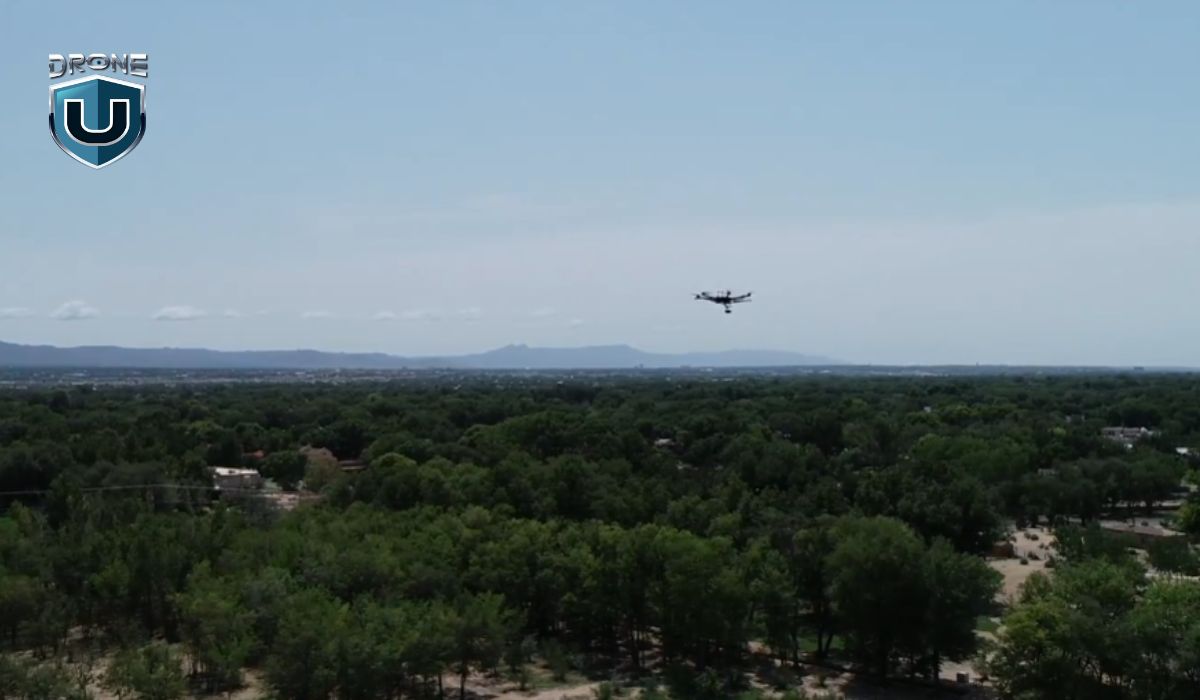
Drones aren’t just theoretical heroes; they’re making a tangible difference in search and rescue missions around the world. Here are a few inspiring examples:
1. Lost Hikers Found in the Swiss Alps
In 2022, a group of climbers caught in an avalanche were successfully located and rescued by the Swiss Alpine Rescue team using drones. The drones’ ability to navigate the treacherous mountain terrain and locate the climbers despite the harsh weather conditions proved invaluable.
2. Nepal Earthquake Rescue Efforts
Following the devastating earthquake in Nepal in 2015, traditional search and rescue efforts were hampered by widespread destruction and dangerous terrain. However, drones played a crucial role in locating survivors trapped under rubble and assessing damage to remote villages. The United Nations Office for the Coordination of Humanitarian Affairs (OCHA) deployed a fleet of drones, which provided invaluable aerial imagery for coordinating rescue efforts and identifying priority areas for assistance.
3. Drones Deliver Hope After Hurricanes
The devastating hurricanes of 2017 in the Caribbean and the United States showcased the versatility of drones in disaster response. Drones were used to assess damage to infrastructure, locate survivors stranded in flooded areas, and even deliver essential supplies to those in need
These are just a few examples, and as drone technology continues to evolve, their role in search and rescue is sure to become even more prominent.
How to Take an Edge in SAR Missions
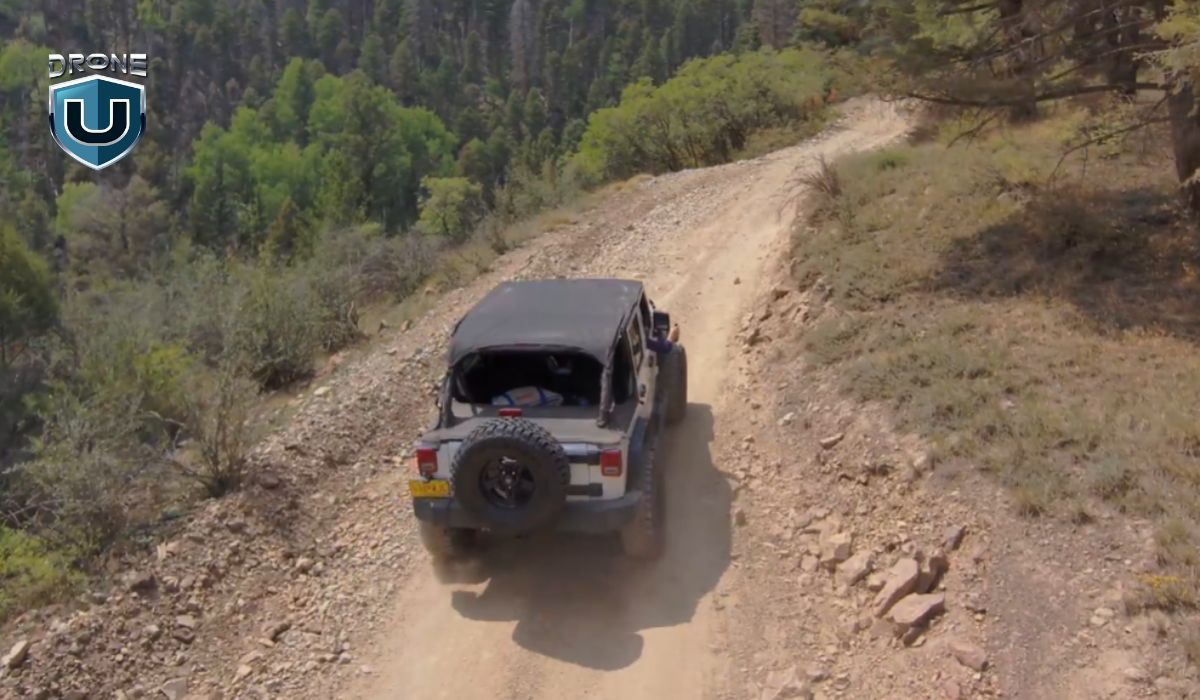
Search and Rescue (SAR) missions are all about saving lives in challenging situations. Before you jump in, it’s important to be prepared. Here are three key areas to focus on:
1. Regulatory Considerations
Check with your local authorities about the legalities of SAR before you begin. This includes airspace restrictions for drones, permitting requirements for advanced medical interventions, and data privacy regulations for victim identification.
Following the rules ensures your actions are effective and legal. Learn how to report findings and understand any limitations on your specific role within the SAR team.
2. Training and expertise
While basic first aid and survival skills are essential for any SAR team member, consider taking your expertise further. In the US, for instance, the FAA requires a Remote Pilot Certificate (Part 107) for commercial drone operations, which includes most SAR activities.
Depending on your typical SAR environment, specialized training in areas like wilderness medicine, avalanche rescue, or swift water rescue can be invaluable. These advanced skills equip you to handle the specific challenges you’re most likely to encounter.
Beyond specialized training, regularly refreshing your core skills is vital. Participating in mock SAR scenarios offers a fantastic opportunity to refine your teamwork and decision-making under pressure.
Additionally, proficiency in operating specialized payloads, such as thermal imaging cameras for locating victims in low-light conditions, and interpreting collected data is also critical.
3. Ethical considerations
Maintaining the privacy and dignity of the missing person and their loved ones is paramount. Be mindful of the information you share publicly and handle any recovered personal belongings with care. Conduct SAR missions with minimal environmental impact by adhering to local guidelines for minimizing disruption to wildlife and ecosystems.
Open communication and clear decision-making within the SAR team are essential. Fostering a culture of mutual respect and ethical conduct builds trust and enhances overall mission effectiveness.
Conclusion
Drones have emerged as a transformative force in search and rescue operations, offering a unique combination of speed, efficiency, and safety. These unmanned aerial vehicles are not just complementing traditional SAR methods – they’re reshaping the entire landscape of emergency response.
The advantages are clear: drones can rapidly cover vast and treacherous terrains, provide real-time high-resolution imagery, and detect heat signatures in challenging conditions.
From locating lost hikers in the Swiss Alps to assisting in the aftermath of natural disasters, drones have already proven their worth in saving lives across the globe.
That being said, drone technology in SAR operations is still an evolving field.
As we look to the future, several key areas warrant attention:
- Continued technological advancements: Improvements in battery life, sensor capabilities, and AI-assisted analysis will further enhance the effectiveness of drones in SAR missions.
- Regulatory frameworks: The development of clear, standardized regulations for drone use in emergency situations will be crucial for widespread adoption.
- Training and expertise: Investing in comprehensive training programs for SAR teams will ensure the optimal use of drone technology in high-stakes situations.
- Public awareness: Educating communities about the role of drones in SAR efforts can foster acceptance and potentially aid in rescue operations.
- International collaboration: Sharing best practices and resources across borders can lead to more effective global SAR strategies.
As drone technology continues to advance, its role in search and rescue will undoubtedly expand.
While drones will never replace the bravery and expertise of human SAR teams, they amplify our ability to save lives. In the race against time that defines every search and rescue mission, drones offer more than just a technological edge – they offer hope.
The future of search and rescue is taking flight, and it’s clear that drones will play a pivotal role in writing the next chapter of this life-saving endeavor.
Frequently Asked Questions
1. What drone is used most often in search and rescue?
Search and rescue operations don’t rely on a single drone model, but rather on ones optimized for the mission. DJI’s Matrice series, like the M300 RTK and M30T, are popular for their long flight times and ability to carry various payloads like high-resolution cameras or thermal imagers, making them ideal for scanning vast areas.
2. How fast are search and rescue drones?
Modern SAR drones boast impressive cruising speeds, typically ranging from 40 to 100 kilometers per hour (25-62 mph). This vastly outpaces traditional ground-based search methods, allowing for rapid coverage of large search areas.
3. What are the limitations of drone technology in search and rescue?
Despite their advancements, drones in search and rescue missions are limited by battery life hindering coverage, dependence on good weather for stable flight, restricted payload capacity for sensors and supplies, challenges in pinpointing people with thermal cameras, and the inability to physically intervene beyond locating and communicating with those in need.







Add Your Comment